|
Mālo le onosa’i -- Samoan proverb loosely translated as “patience is a virtue” I’ve been thinking a lot about patience—and its payoffs—lately. About the years I spent writing and revising and polishing my memoir, and the months of researching agents and publishers, pitching at conferences, and sending out queries. Friends praised my perseverance, but I sometimes wondered if they were secretly thinking, Isn’t it about time she gave up on this thing and got on with her life? Sometimes I wondered that myself. At the same time, I kept reading about authors—many of them famous now—who traveled the same plodding path, encountering rejection after rejection until finally they hit publication pay dirt. So I waited . . . and waited . . . and kept doing everything I could to improve my odds until, miracle of miracles, I had my own book contract in hand. 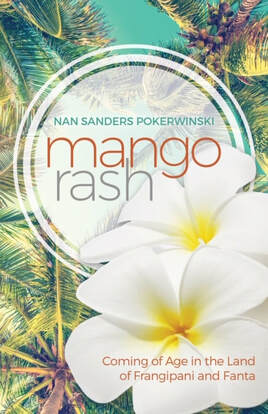 And then I found out still more patience is required. My memoir, Mango Rash: Coming of Age in the Land of Frangipani and Fanta, is due out in October of this year—a wait of another nine months, made up of a multitude of mini-waits. Right now, I’m waiting for my editor’s notes so I can begin another round of revisions. Then I’ll be waiting for more editorial input on final tweaks. And so on, and so on. Meanwhile, I’m suppressing the urge to fire off nervous-newbie question after question to my editor, knowing that she’s swamped with other projects right now and trusting that she will provide whatever information and guidance I need as I need it. Patience. Patience. In that spirit, I’ve rounded up an assortment of wisdom on the subject to share with you today. Have patience. All things are difficult before they become easy. - Saadi The creative people I admire seem to share many characteristics: A fierce restlessness. Healthy cynicism. A real world perspective. An ability to simplify. Restraint. Patience. A genuine balance of confidence and insecurity. And most importantly, humanity. - David Droga I have just three things to teach: simplicity, patience, compassion. These three are your greatest treasures. - Lao Tzu Patience and perseverance have a magical effect before which difficulties disappear and obstacles vanish. - John Quincy Adams The key to everything is patience. You get the chicken by hatching the egg, not by smashing it. - Arnold H. Glasow Having patience is one of the hardest things about being human. We want to do it now, and we don't want to wait. Sometimes we miss out on our blessing when we rush things and do it on our own time. - Deontay Wilder Have patience with all things, But, first of all with yourself. - Saint Francis de Sales If you would know strength and patience, welcome the company of trees. - Hal Borland Everything that slows us down and forces patience, everything that sets us back into the slow circles of nature, is a help. Gardening is an instrument of grace. - May Sarton Patience is the companion of wisdom. - Augustine of Hippo Despite the common misconception, having patience doesn't mean making a pact with the devil of denial, ignoring our emotions and aspirations. It means being wholeheartedly engaged in the process that's unfolding, rather than yanking up our carrots, ripping open a budding flower, demanding a caterpillar hurry up and get that chrysalis stage over with. - Sharon Salzberg in “The Power of Patience,” Awakin.org, February 10, 2014 The more you know yourself, the more patience you have for what you see in others.
- Erik Erikson
8 Comments
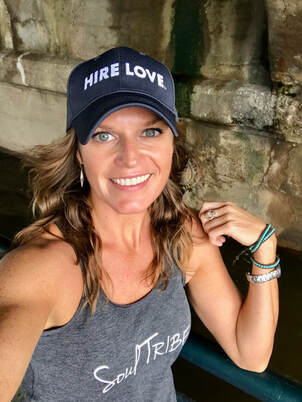 Malia Rae Malia Rae Born and raised in Michigan, photographer Malia Rae has returned to her roots for an exhibit at Artsplace in Fremont. Roots have an even deeper meaning for Malia, whose fine art photography stems from her love of nature. The daughter of Sue and Al Schneider of Newaygo (Sue is one of the Monday morning yoginis, by the way), Malia has shown her work at the city-wide, international art competition ArtPrize in Grand Rapids. The Artsplace exhibit, “Photography from the Heart,” which runs through February 2, is her first in Newaygo County. A meet-the-artist reception is scheduled for Thursday, January 24, 6:00-7:30 p.m. in the Jansma Gallery at NCCA-Artsplace, 13 E. Main St., Fremont. I’ve invited Malia here today to tell us about her work. So much of your work is nature-inspired. How did your appreciation of nature begin, and how has it developed over the years? It definitely started with my parents, my dad in particular, because it was his upbringing. My father’s love of nature influenced and shaped our entire family. Growing up, we spent a lot of time in the woods. We didn’t get a lot of TV time, we were always told to go outside and play. Every vacation we took, we were camping—roughing-it camping with no running water, no bathrooms, no “campsites.” As I got into high school, I resisted and pushed against spending time in nature. I wanted to hang out with friends, go to games, and be social. In college, when I was on my own, I quickly came back to my roots, enjoying spending time adventuring in the woods. I spent 10 years in Chicago, and Lake Michigan was my saving grace. When I moved to Texas, I bought a state park pass and started spending as much time as I could in nature. It was just like coming back to myself. Then I really appreciated all the time we had spent in the woods growing up, and I had more appreciation for my parents and what they did with what they had. Now I feel like nature is my church, where I go for sacred space. How did photography become your life’s work? I went to school for photography and received my BFA in Advertising Photography from the Rochester Institute of Technology in New York. After graduation, I worked for other photographers, learning the ropes, assisting with everything from architecture to food photography to regattas. Then I moved to Chicago and started shooting on my own. Around that time, all my friends in photojournalism were getting laid off from newspapers, so they started doing wedding photography as a source of income. I had assisted on a couple of weddings when I was in school, and it was horrible. Not fun. I remember saying, "I’ll never in a million years do this." But then once the photojournalists started doing it, and I started seeing the documentary-style shooting they were doing, I reconsidered. I had been photographing dogs for fun, and for my love of them, which lead me to doing photography for PAWS Chicago—Pets Are Worth Saving. People who saw the dog photos had been asking if I ever shot weddings. Once I saw what was going on in the industry with wedding photography, I thought, “I could try this.” So in 2007, I launched my own business, and it took off from there. On your web site, you say that you’ve been studying love for some time. Tell us more about that. Sometimes when you’re involved in what you’re doing, you can’t see the bigger picture. There was a time when my life took some drastic turns, in terms of everything changing as fast as you can snap your fingers. Within a year after that, I began looking at things with a broader perspective, and I realized that the whole time I’d been shooting weddings, I was actually studying love. Every couple communicates differently and shows love differently, even within their families. No two couples are the same. It really showed me a more dynamic range of what it’s like to show up and love someone or be loved by someone. Love is this intangible thing, but it’s also very real. Around the time I started having a new perspective, I also began the quest of finding hearts in nature, and it started to all make sense: I’d been studying love for a really long time without even knowing I was doing it. It’s so interesting how it all dovetails. I never would have chosen weddings. I never set out to do them. I resisted them at first, then fell in love with them and the people they brought into my life. And it wasn’t like I set out to do this whole thing with hearts. That came about because I was so down and depressed and struggling to find my way, and I knew there was something bigger and greater, and I knew I was capable of more. I was reading human potential books, listening to interviews, and looking for direction when I came across the phrase, "What you look for in life you find." Something nudged me to explore this concept more in my life. I decided to start looking for naturally formed hearts in my daily life. Initially I couldn’t even find one heart, not one. For three months I searched desperately everywhere I went. At that point, I was thinking, “This is total BS, they are all making this stuff up, I’m going to burn all the human potential books, and stop listening to the interviews. This is not working.” It wasn’t until I left Chicago, on the first hike I did on my own in Austin, that I found a heart-shaped leaf. When I saw it, I had chills up and down my spine. What I’d been desperately searching for, I found in this one leaf, and all of a sudden that started to change everything. Do you find that different people respond differently to the various heart images? Yes, for sure. Sometimes, interestingly enough, it takes people a couple of minutes and then it’s like, “Oh wow, all of these are hearts.” At ArtPrize 2016, we had 150 heart images, and there was definitely a handful of people who came through and took a while to figure it out. But yes, different images speak to different people. That’s the beauty of it all. These hearts transcend race, religion, gender, and politics. They have the ability to speak individually to each unique heart of each viewer. What I’ve also found since I’ve been doing this project is that a lot of people have different things show up in their lives, whether it be hearts as a symbol or something else. I met a couple who find nickels everywhere. After their daughter died really young in a hospital, they walked out and they found a nickel, and they felt it was her speaking to them. Now they find nickels everywhere. To me, that’s amazing—I’ve never found a nickel in my life. In that way, this project has opened up a way of communicating with people who also have a sign or a symbol or something that speaks to them, letting them know they’re on the right path, they’re loved, or that there’s something more, and to keep moving forward. What was the experience of being in ArtPrize like? It was so fun because that was the first big installation I did with the hearts. We had a 10 x 15-foot wall, with 150 8 x 8-inch metal prints of hearts mounted to float off the wall. That was the first time when, assembling all the pieces, I felt like it was bigger than me. Once they were up, I was like “Whoa! They’re mine and I photographed them, but they almost don’t feel like mine anymore. In a large collective, they took on a life, a pulse, and a breath all their own.” The people that came and that I connected with, some of them I’m still in touch with to this day. That’s where I started to be inspired to do more installations—trying to get into hospitals and other healing environments or public spaces like airports, to send more pieces of love out into the world. I did have a 70-piece installation in the Austin airport. That was just fantastic, too, a space with that much traffic. The pieces just take on a life of their own once they’re out there. I’m trying to find out more ways to get them out there. They keep evolving, too, as I keep moving forward with them. Are you still finding heart images? Yes, all the time. I mostly only post and share ones in nature, but I also find them in other places. In fact, there’s not really a place in my life that I am not finding these signs of love. I think what’s surprising me the most now, though, is the people that find them and take a picture and send it to me. People I don’t actually know that well personally, and also other people’s kids! I had friends who were vacationing in Alaska, and their son was scouring the beach. He finally came running to them with a black, heart-shaped rock and said, “This is for Malia.” My niece and nephew, also will find them on their own and grab their parents’ phone to take a picture and send it to me. That stuff blows my mind. It’s shocking. Because in some ways I was the anti-heart girl, and the fact that now people see a heart and associate me with it, that’s wild. It warms my heart, makes me smile, and inspires me to keep pressing on even when I’m not sure where I’m heading. Your Soul Nature project offers a unique perspective on both human nature and Mother Nature. How did that project come about? Even when I was back in school shooting film, I always loved alternative processes like multiple exposures—shooting one frame of film and not advancing the camera and then shooting another frame over it. I had experimented with taking parts of a human body, like somebody’s legs or knees and putting them with, say, a cactus. So I always had this idea of wanting to mix Mother Nature and human nature, but I never really had the time or resources to do much with it, and with film it was so different. When Canon came out with their Mark III cameras, it became possible to do multiple exposures in-camera. At that time I was ready for an upgrade. As soon as I got the digital camera, I started playing around with the technique. At first I thought I could do it on projects for my client base, but that did not work out very well. So I decided, if I really want to do this, I need to take time. For one whole month I got up every single morning a couple of hours before sunrise and went out to the state park. At first I was using myself as a subject, with a self-timer. I kept testing and testing and testing. As soon as I got the first image that actually worked—that wasn’t just muddy and gray—it was like finding that first heart. It was like my whole body and soul went Yes! Let’s do this. I haven’t really found an avenue for putting these images out in the world, so really it’s just a personal project. I’ve always said if I could paint, I would. But for some reason I chose a camera as my medium, so I manipulate the camera to do what I would if I could paint or draw. By layering human figures into these natural settings, it’s my attempt to convey the mystical experience I have when I go into the woods. Even when I think I have the process “figured out,” it’s always surprising me. I expect things to layer up certain ways, and then they come out totally different and it surprise me. I feel like I’m collaborating with Mother Nature. A lot of what’s involved is me just showing up. And then having the courage to ask people to come out to be photographed—that interaction with people is a vulnerable space for me. Sometimes I have an idea that I think will work, and it might take over a year to actually make it all come together. So then I just keep playing with it and practicing and going out to create new images. In this series, I’ve been able to layer up things from Austin, Texas, from Chicago, and from Michigan. Right now I have four shots that literally encompass the four places where I’ve spent most of my life. I don’t even know how to describe the feeling of that. That starts to stitch together the threads of my life. How do you feel about showing your work at Artsplace? I’m so excited. I think it’s just the perfect fit. In my life I appreciate and value places that create community and bring people together. Artsplace does that, not just for artists, but for anyone who wants to be creative or wants to learn different techniques. What kinds of things do you do to recharge your creative energy?
Yoga is big in my life; I love the body movement connected with breath. It’s like kinking and un-kinking a hose. It really fuels so much creative energy for me. Being in nature is another big one. I try to be mindful and aware of what I’m taking in, so I stay away from negative news. I also try not to look at other photographers and what they’re doing so I don’t compare myself to them. But surprisingly, one of the places where I get so much inspiration right now is all the science that’s coming about our bodies and our hearts and the heart-brain coherence. That you can be within a few feet of somebody and your hearts start to synchronize. The heart’s intuitive intelligence will actually try to get in rhythm with those around you. That blows my mind! So I go to lectures and workshops and try to saturate myself in information that feels good while continuing to learn and evolve myself. I get so excited, it makes my heart explode inside out with happiness. What I want to do is create art that ignites the soul in that way. Sometimes it can be just one little thing that sparks the fire inside that makes you feel Yes! Anything is possible. We’ll replace our old, slothful habits with shiny, new diet and exercise regimens. We’ll be kinder, calmer, more generous and patient. We’ll work harder, or work less, depending on our situations and motivations. We’ll see new places and learn new things. 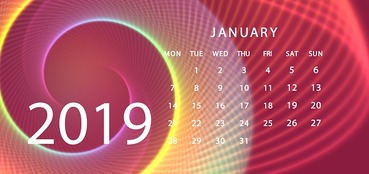 In short, we’ll be far more fabulous in 2019 than we were in 2018. 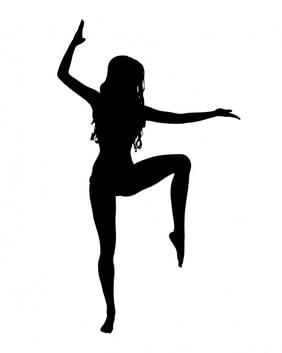 It’s an appealing fantasy, and I’ll admit, in past years I’ve made long lists of goals that ranged from personal improvement (find positive ways to deal with conflict; let go of resistance and cultivate lightness) to artistic (make a dozen new collages; take a dance class; write a poem every day) to niggling tasks (keep up on paperwork and email; sell or donate excess stuff). The trouble was, year after year, I grossly overestimated the amount of free time and energy I’d have to devote to all my aspirations and underestimated the time that would be taken up with doing the same old, necessary things week after week. I also tended not to take into account how little enthusiasm I'm able to generate for such tedious tasks as the aforementioned paperwork and email. Reviewing my list at the end of each year became an exercise in frustration. While I made progress on a number of projects and even finished some, I found myself carrying many of my goals forward onto the next year’s list, year after year after year. 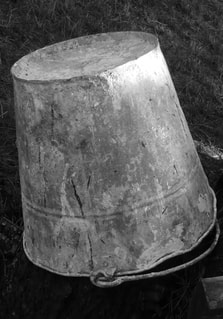  Still, a new year seems to warrant some kind of intention-setting ritual, even if it’s nothing more than a mental exercise. In that spirit, I’m making a new kind of list, a modest tally of five things I want to carry forward with me from last year into this year and five things I want to let go because they no longer serve me (if they ever did). Here goes . . . FIVE THINGS I WANT TO BRING WITH ME FROM 2018:
FIVE THINGS I WANT TO LET GO OF:
What do you want to hold onto and get rid of in 2019? Do you have your own year-end or year-beginning rituals? All images used with this post are free-use stock images.
|
Written from the heart,
from the heart of the woods Read the introduction to HeartWood here.
Available now!Author
Nan Sanders Pokerwinski, a former journalist, writes memoir and personal essays, makes collages and likes to play outside. She lives in West Michigan with her husband, Ray. Archives
April 2022
Categories
All
|














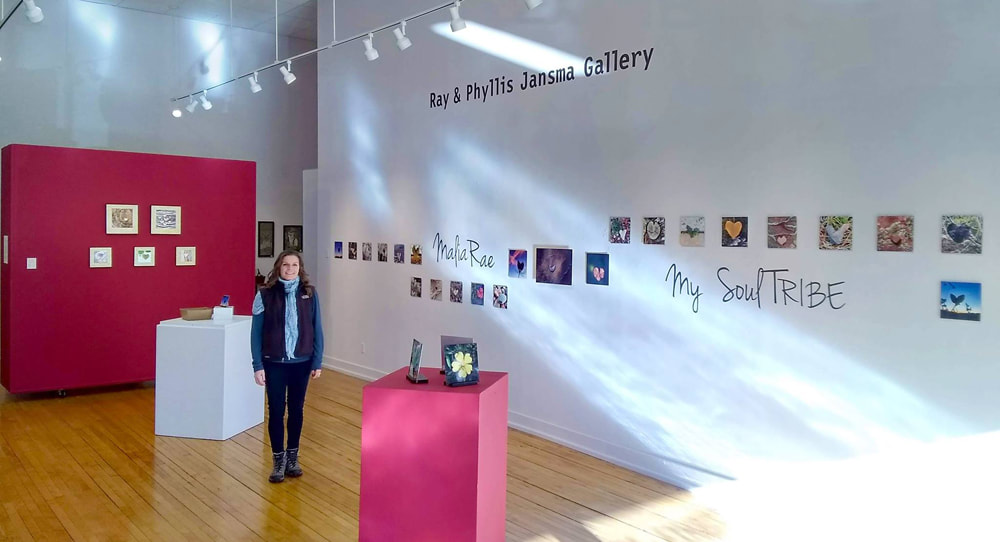
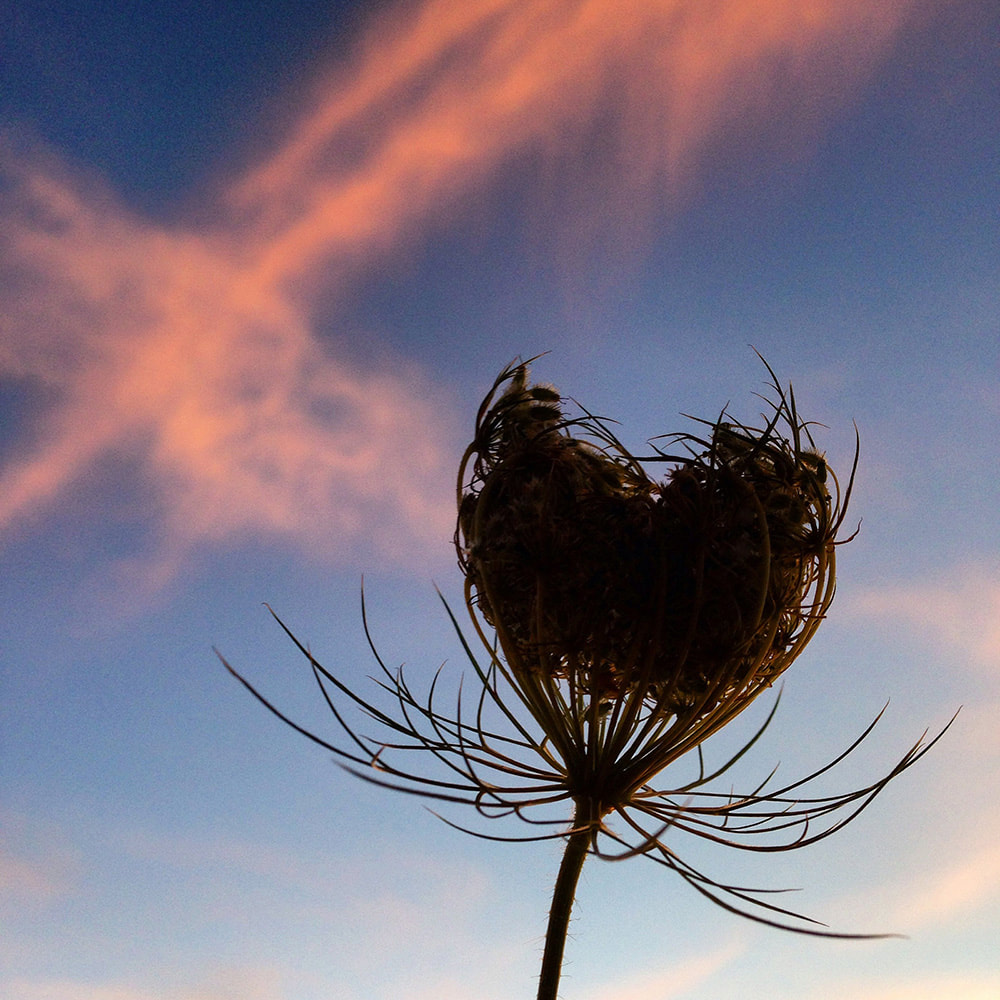
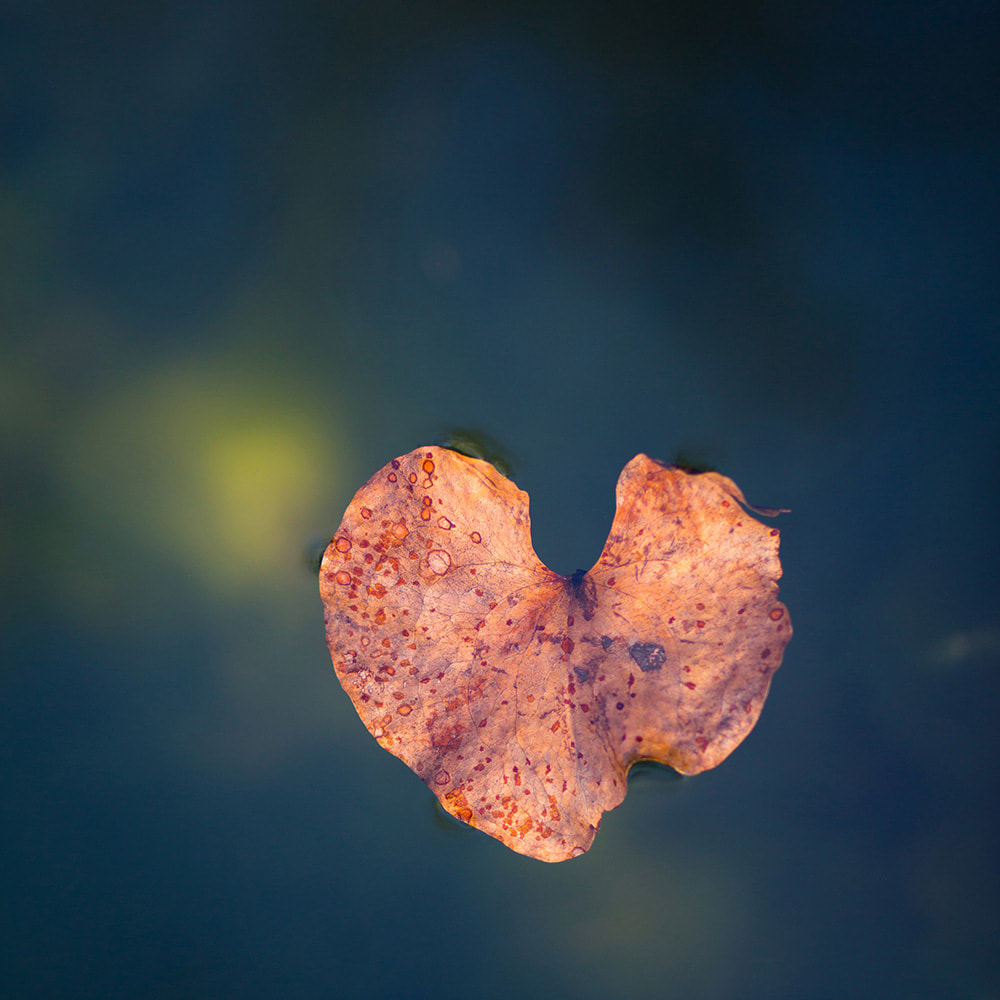
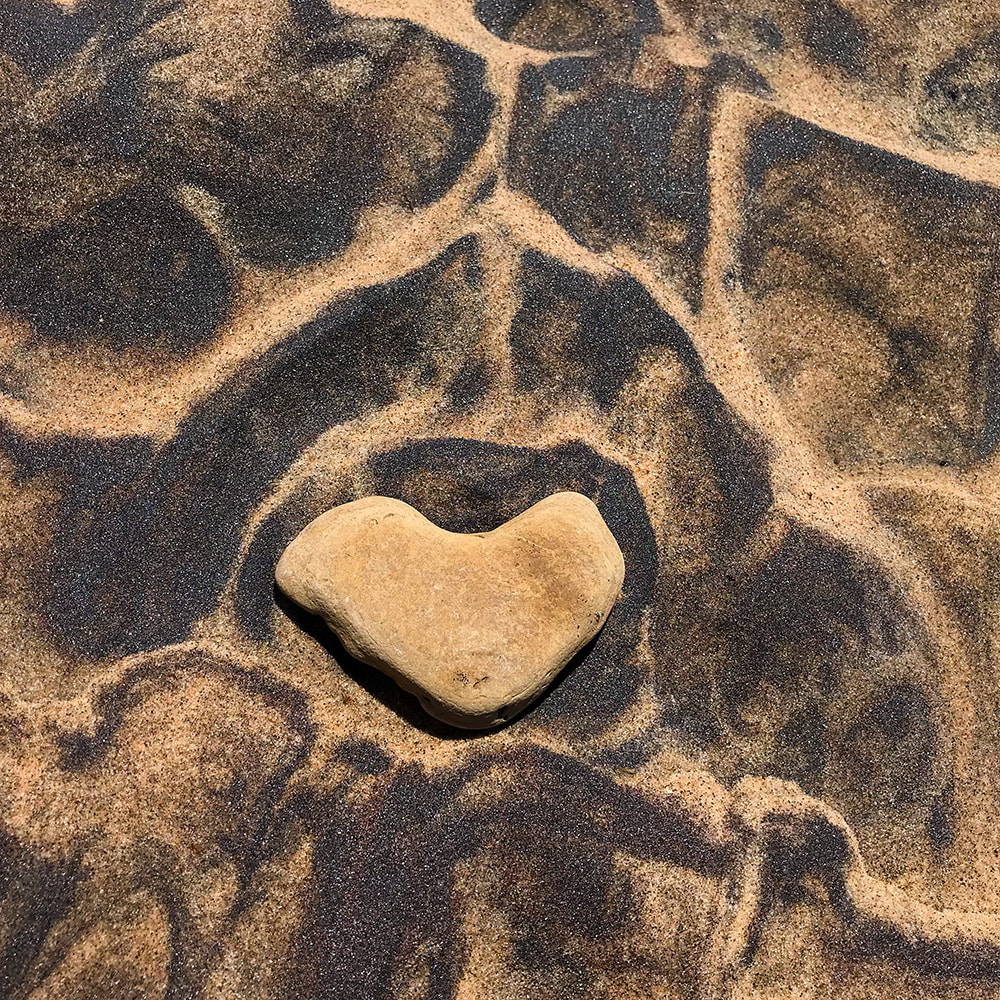
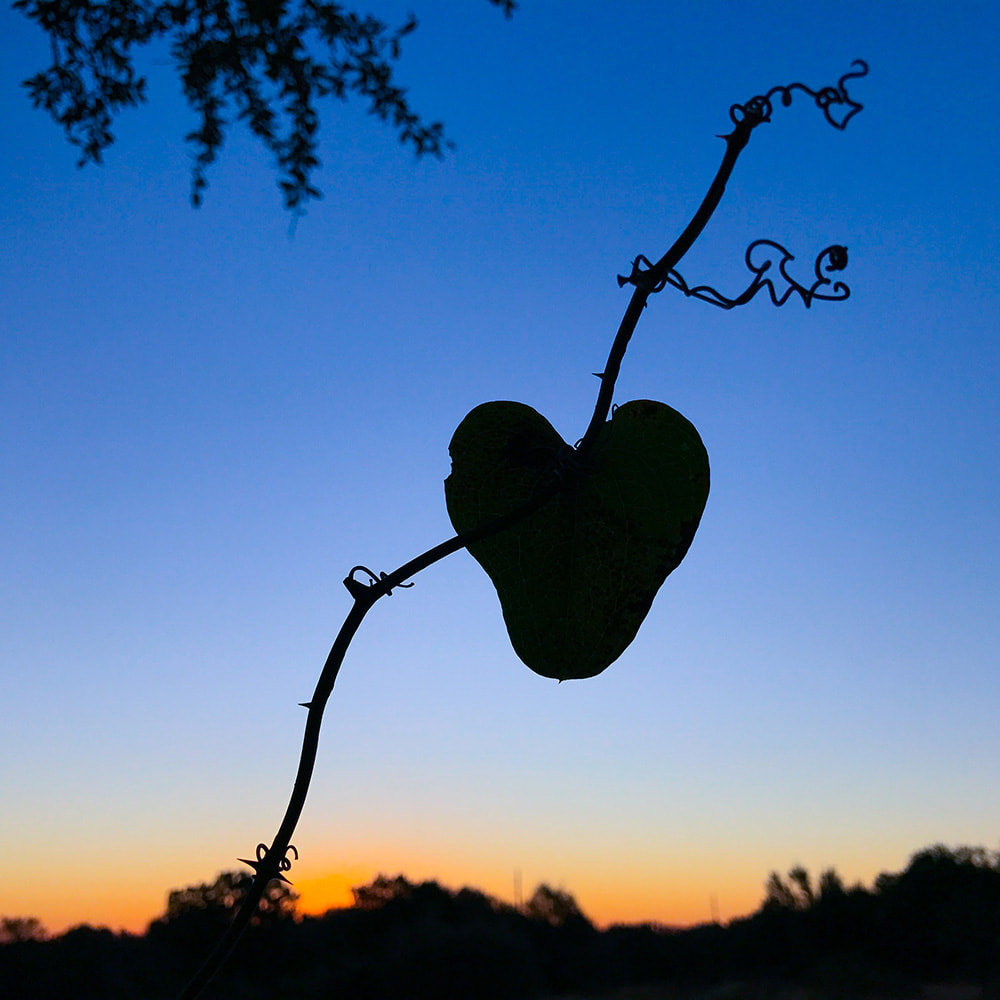
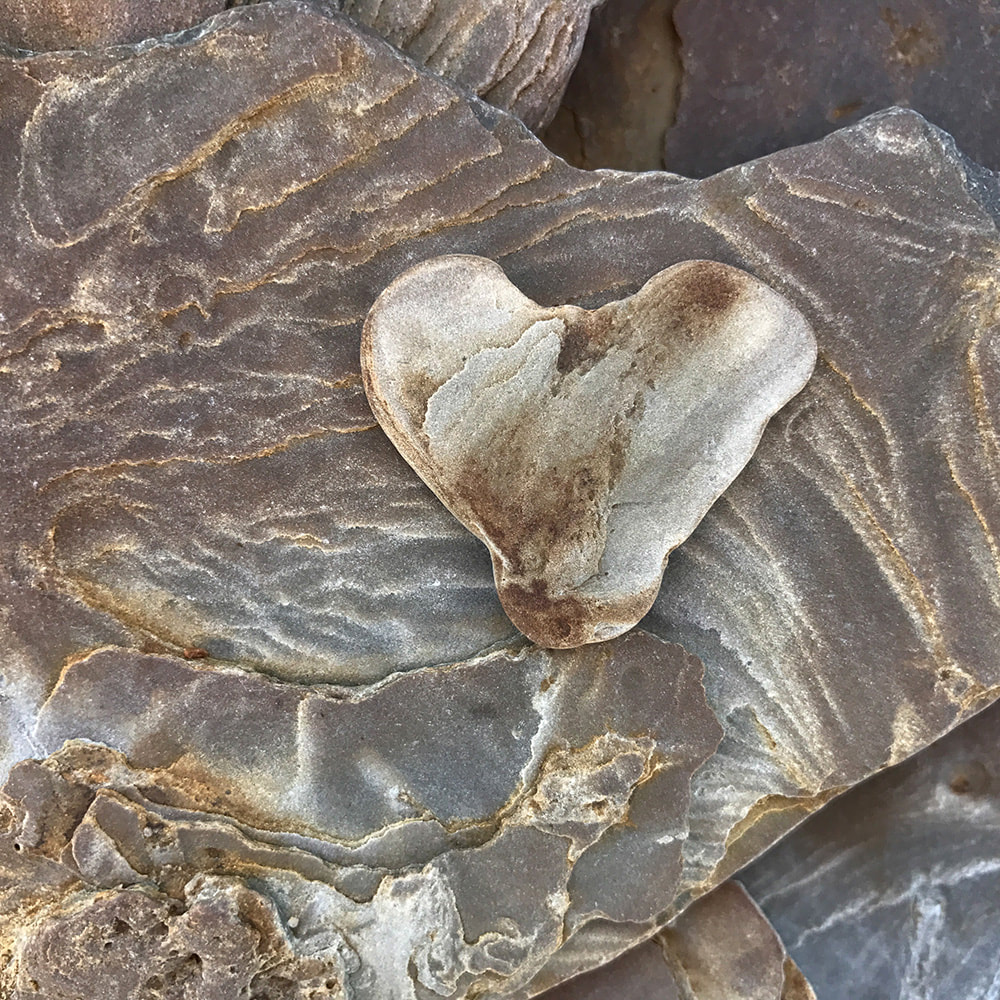

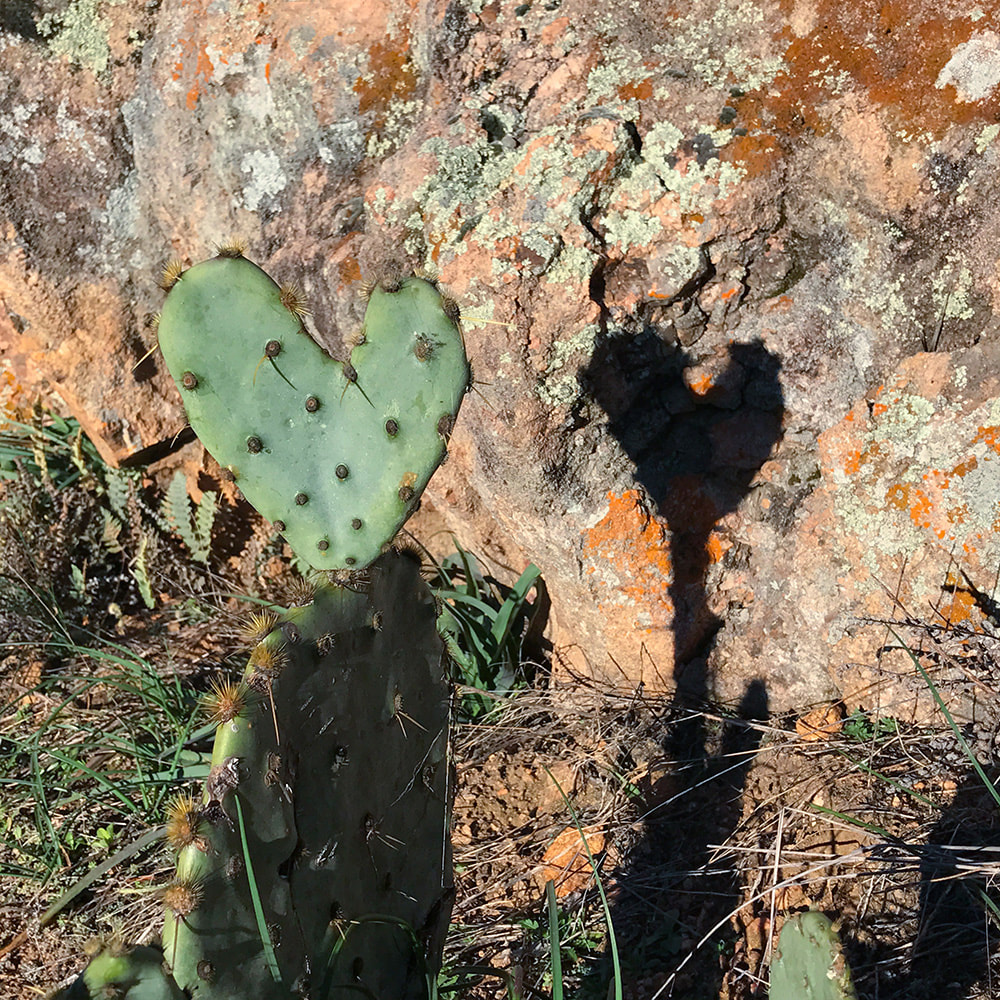
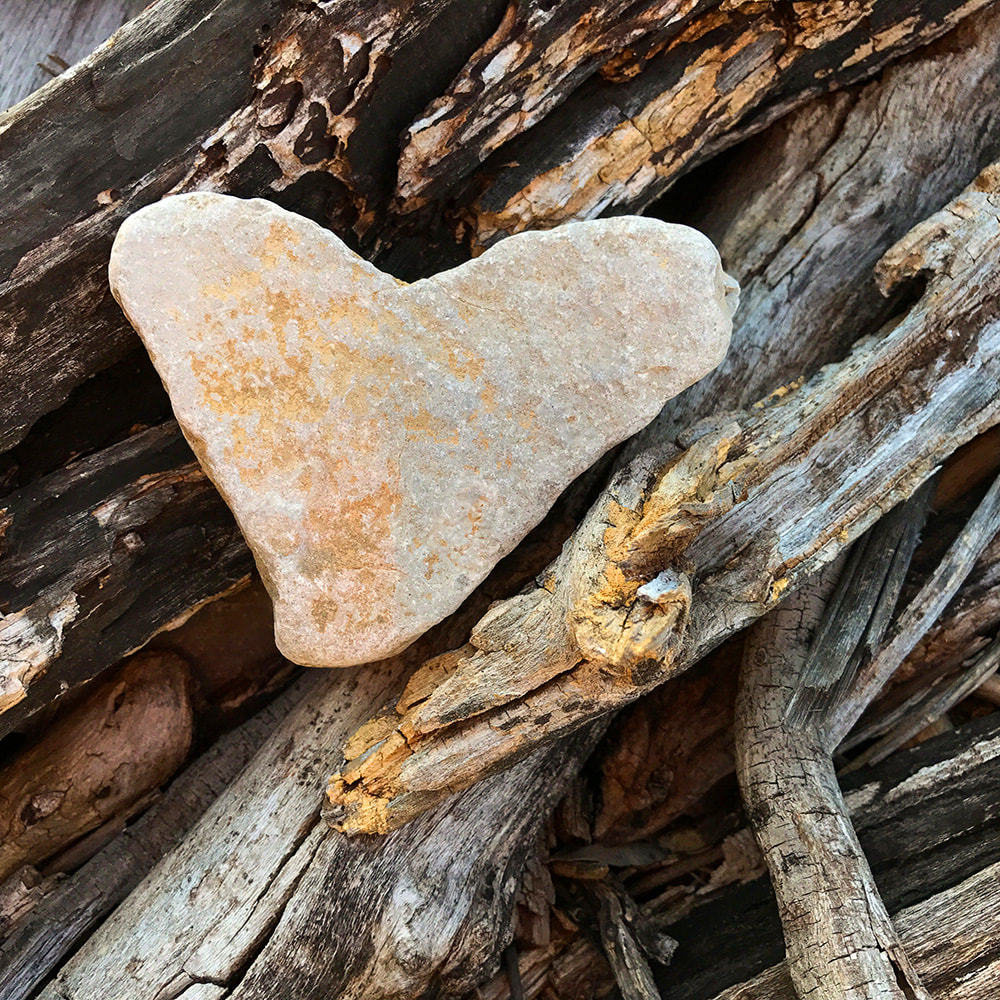
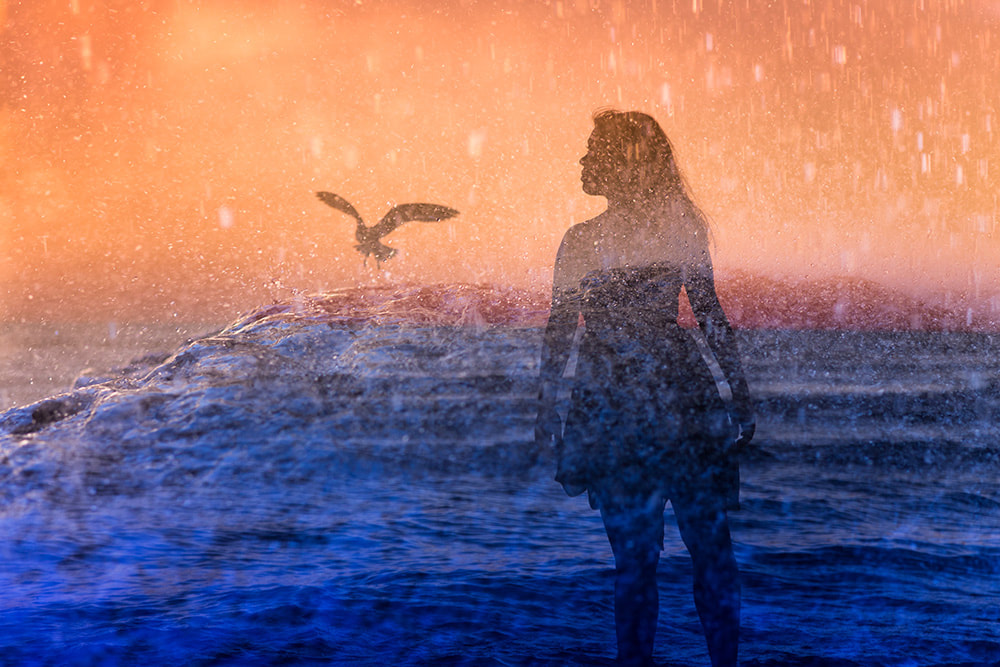
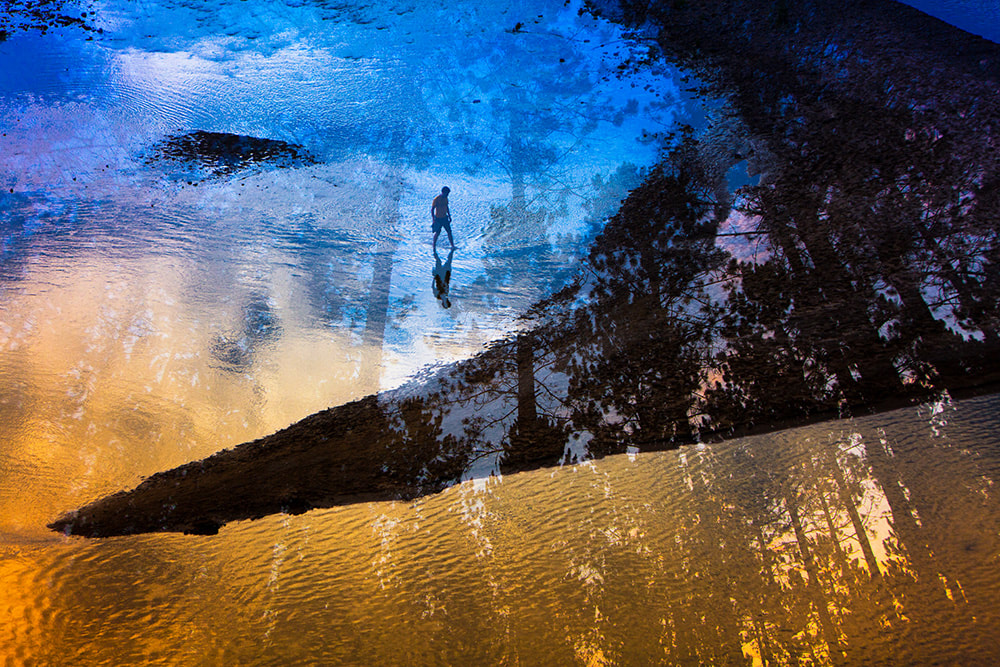
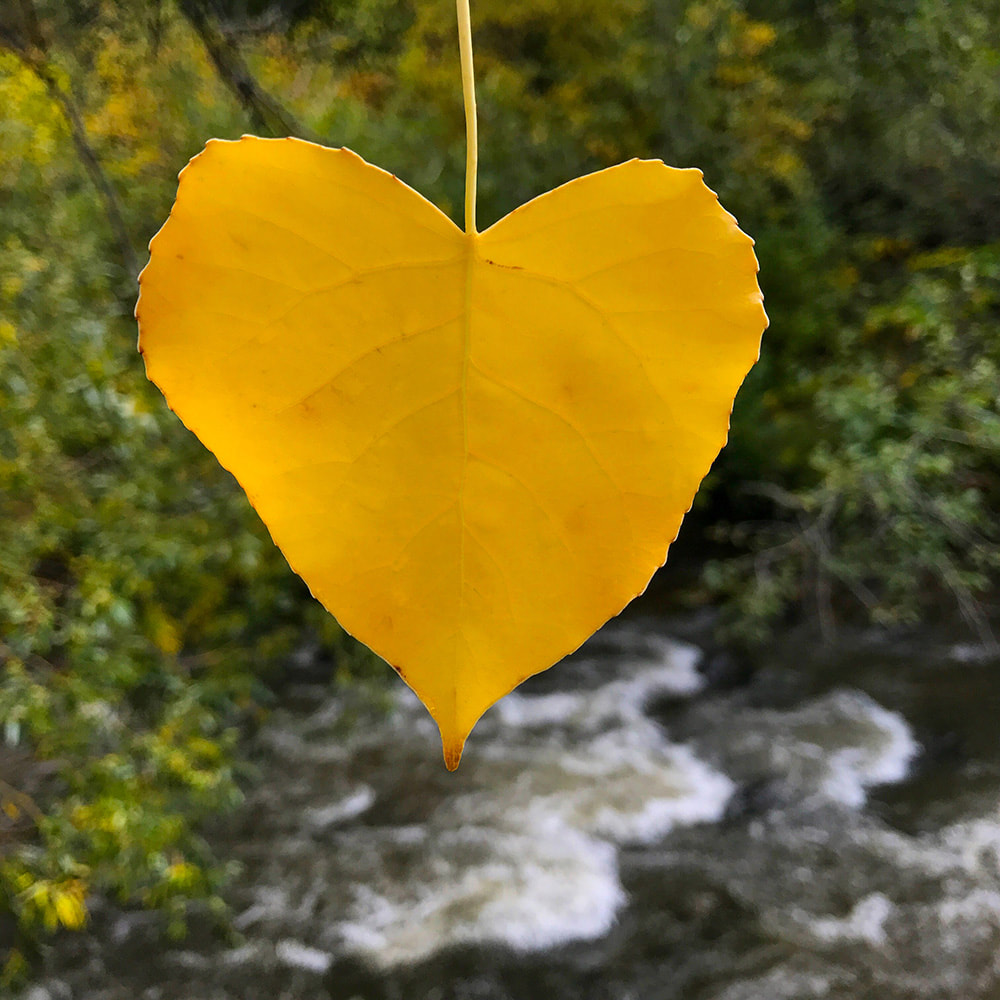
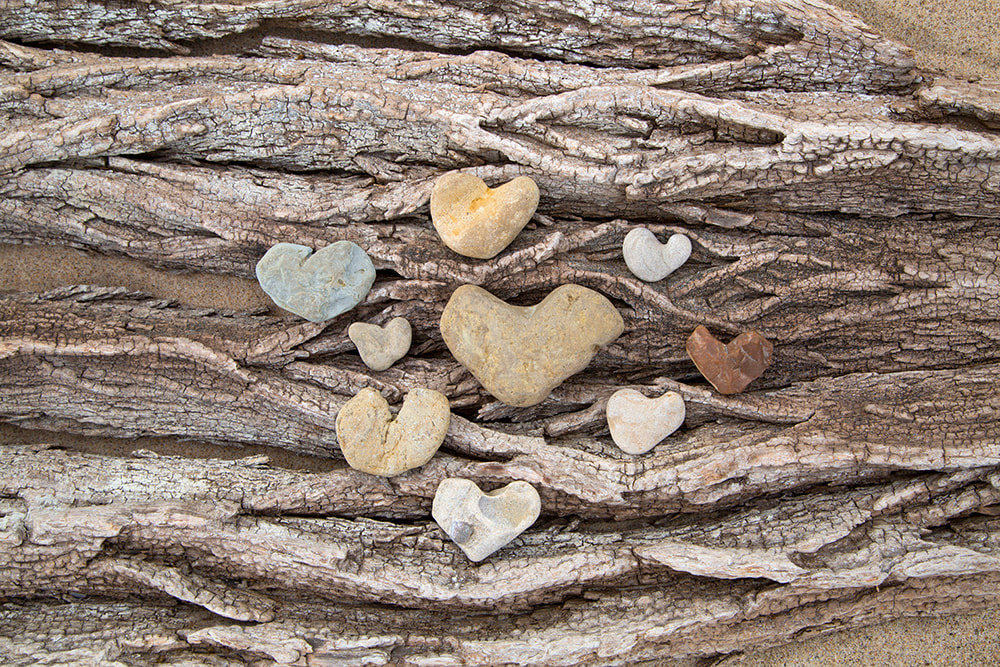
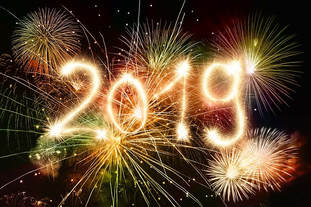
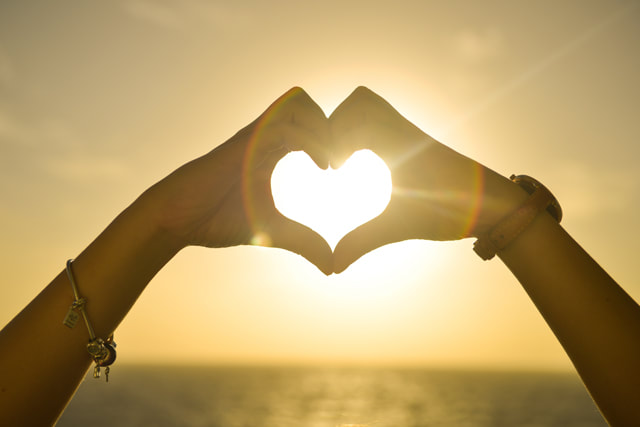
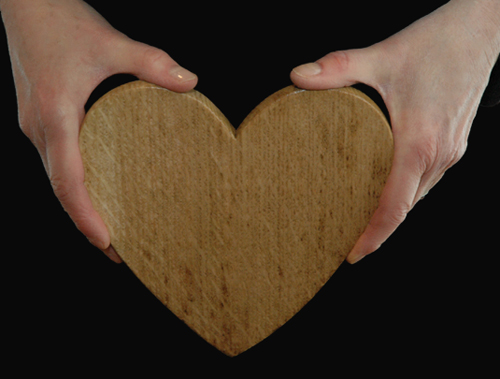
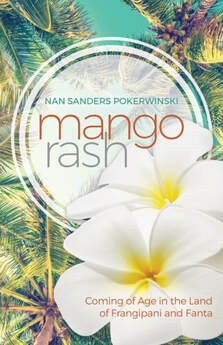
 RSS Feed
RSS Feed